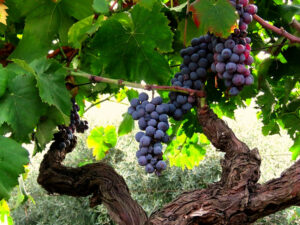The province of Catania and the Etna villages are the land of the most ancient Sicilian agricultural civilisation; the first evidence of agricultural communities refers to the Neolithic. This part of eastern Sicily was the first to be colonized by the Greeks (729 BC) and in the 8th century. B.C. he already knew wine and perhaps also the vine. In the 5th century B.C. this area was heavily planted with vines, as evidenced by some mountaineers from the time that have come down to us. In the 3rd century B.C. Theocritus speaks of the great diffusion of the vineyard on the slopes of Etna; subsequently viticulture had a period of decline, only to recover in the 13th century. DC onwards. In the 16th century Fazello praised the wines produced at the foot of Etna and in the 18th century Arnolfini spoke of the wine of Mascali, which was exported to Malta. In 1848, almost 26,000 hectares of vineyards were cultivated. In 1869 G. Gregorio mentioned the renowned wines of the County of Mascali (18th-19th century), an ancient territory on the slopes of Etna, located between present-day Giarre and Mascali, and those of the upper area of the foothills of Etna. Between 1880 and 1885 Catania was the Sicilian province with the most vineyards with over 90,000 hectares of vineyards; but the phylloxera invasion at the beginning of the 20th century caused a serious crisis in viticulture; the hectares of vineyards dropped to around 40,000. An Etna vine in Passopisciaro. It was the first Sicilian DOC to be recognized and one of the oldest in Italy. The specification has been modified, with the introduction of the sparkling wine type, in the white and rosé versions, and the red reserve. Etna wine obtained the recognition of the Controlled Designation of Origin on 11 August 1968

